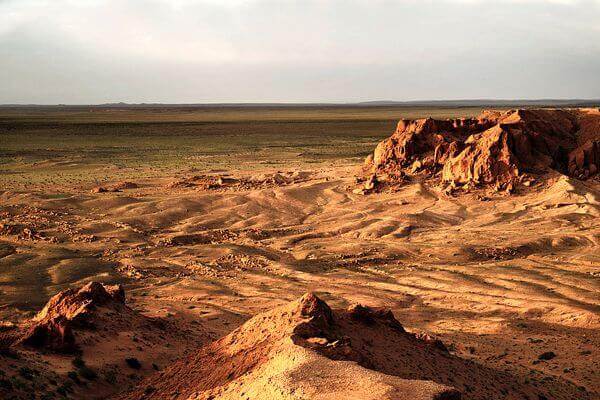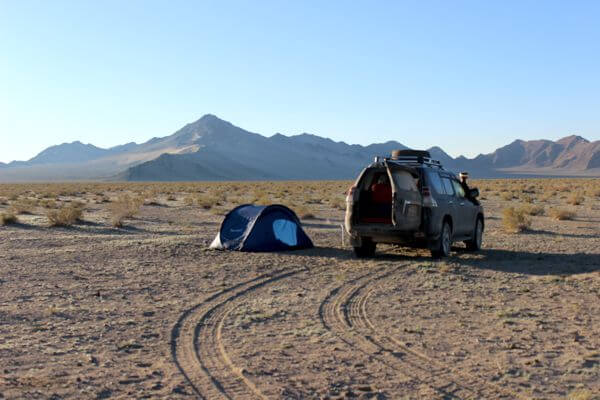BEST OF GOBI DESERT
(8 days)
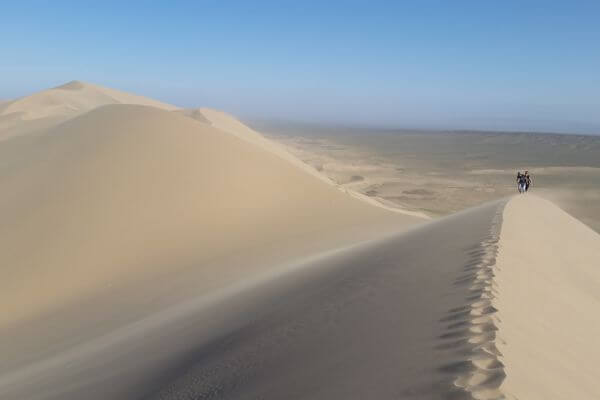
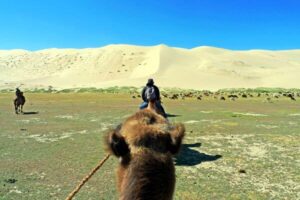
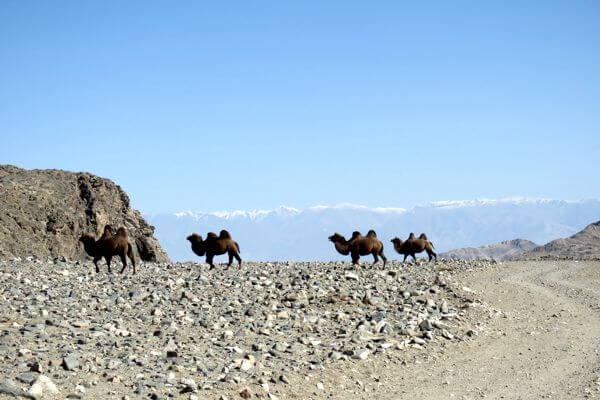
Detailed description

Baga Gazriin Chuluu and Choir Monastery
After breakfast in our hotel restaurant, we will leave for the Mongolian countryside. Our first stop will be 250 km southward in the beautiful region of Baga Gazrin Chuluu. It is a huge granite formation in the middle of the Mongolian sandy plane.
On open plain we will visit the remains of a small monastery named Delgeriin Choir Monastery. You will be entering first time in Ger, huge impressive 12 walls Ger richly decorated and carved used by monks to chant during colder season when the stone monastery gets too cold to be inside.
End of the afternoon we will drive and hike around in the area. We will visit the picturesque ruins of a small monastery that are hidden in a nice little protected valley and wander between huge endless piled granite rocky hills as if they were put. There is a little spring in the rocks of Baga Gazriin Chuluu which is renowned for its eye healing power. Try healing your eyes as locals do and drip some magic water into your eyes.
(Ger camp L, D)
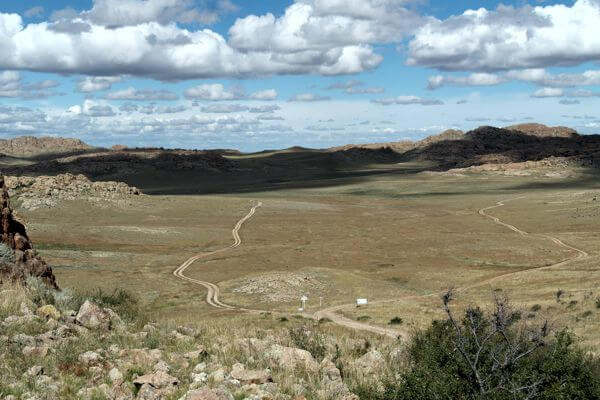

Tsagaan Suvarga
After breakfast, we will start driving towards the Gobi Desert. Today we will see the landscape changing dramatically from the fertile grassland to the inhospitably rocky land. The number of families and cattle we will see along the road will gradually reduce. Camels will slowly replace cows.
In the late afternoon we will reach Tsagaan Suvraga. The Cliff is 30 meters high and 100 meters wide. Over thousands of years the wind has created this amazing structure.
From a distance Tsagaan Suvraga resembles the ruins of an ancient town with crumbling buildings. Painted and carved on the rocks are ancient images of people hunting ibex with long bows and petroglyphs depicting wild animals and cattle. There are also Turkic inscriptions with different seals and images in the caves here.
A fissure running east to west from the upper slopes of a mountain down across the steppe. Looking into the fissure you will see high mud columns rising from the depths below. The yawning gap looks like the open jaws of some fabulous animal. Some of the caves are multi chambered one of which stretches back over 70 metres.
(Ger camp B, L, D)
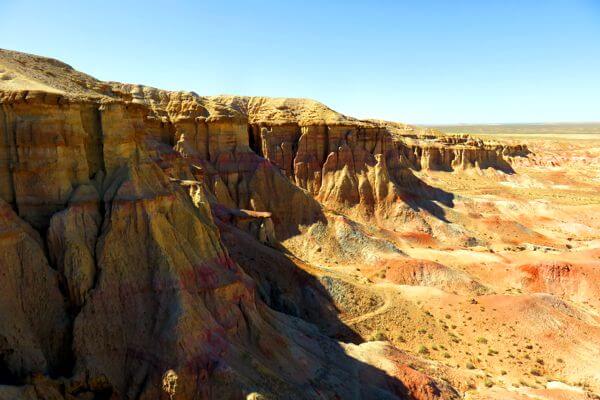
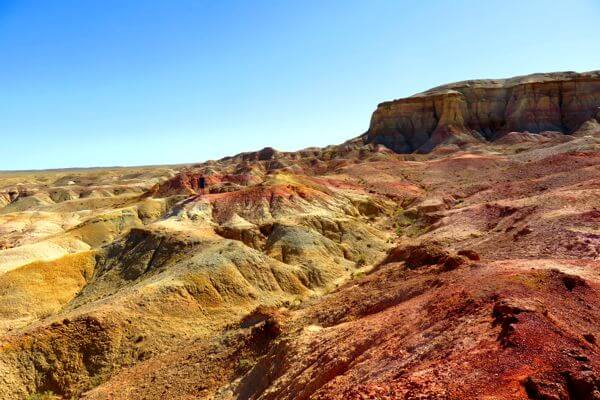

Yolyn and Dungenee Am
The Gobi Desert measures over 1,610 km from southwest to northeast and 800 km from north to south and stretches over Mongolia and China. It occupies an arc of land 1,295,000 km2 in area, making it fifth largest in the world and Asia’s largest. Much of the Gobi is not sandy but is covered with bare rock.
The Gobi is a cold desert, with frost snow on its dunes during the winter months. Besides being quite far north, it is also located on a plateau roughly 910–1,520 meters above sea level, which further contributes to its low temperatures. An average of approximately 194 millimetres of rain falls per year in the Gobi. Additional moisture reaches parts of the Gobi in winter as snow is blown by the wind from the Siberian Steppes. These winds cause the Gobi to reach extremes of temperature ranging from –40°C in winter to +50°C in summer. We will take a ride through the beautiful gorges of the imposing Altai Mountain Chain. We will pass through the Yolyn Am and the Dungenee Am both located in the Gobi Gurvansaikhan National Park. Ancient rivers carved those green valleys. Most of summer thick ice still to be seen due to lack of sun shine through narrow gorges. We may catch a glimpse of the wild Argali sheep, the Ibex, the desert gazelles or the Golden Eagles. We will also pay a visit to the little museum of the park where you can admire a collection of dinosaur bones and local flora and fauna.
(Ger camp B, L, D)
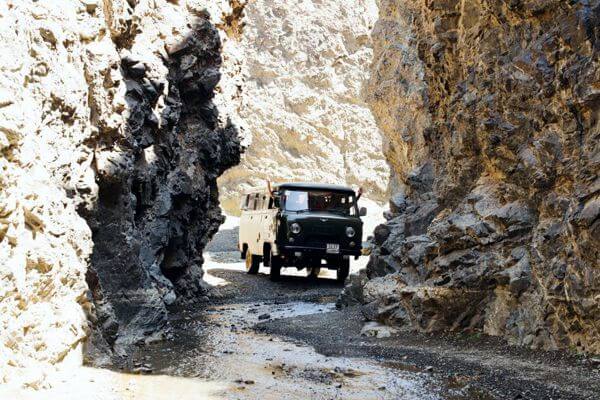
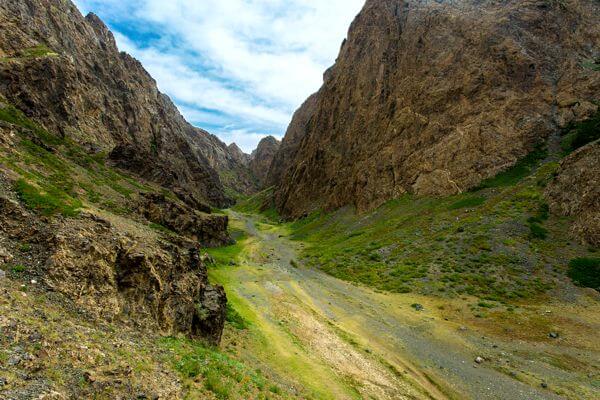

Khongoryn Els
After a good morning breakfast, we will drive 150 km westwards to the Khongoryn Els. These are Mongolia’s largest sand dunes. Those impressive dunes of 275 meters high in some places, stretch from East to West over more than 100 km. Behind the sand dunes we will see the impressive black rocky mass of the Sevrey Mountain. Those who are courageous will climb to highest dune equivalent of 40 store building. Once you reach the top of the dune, your effort will be rewarded. The whole environment looks full of mysteries, and you get amazed how possibly the landscape can be like that. After dune excursion will visit camel breeding family. It is our tradition to offer food and drinks without asking the visitors.
(Ger camp B, L, D)
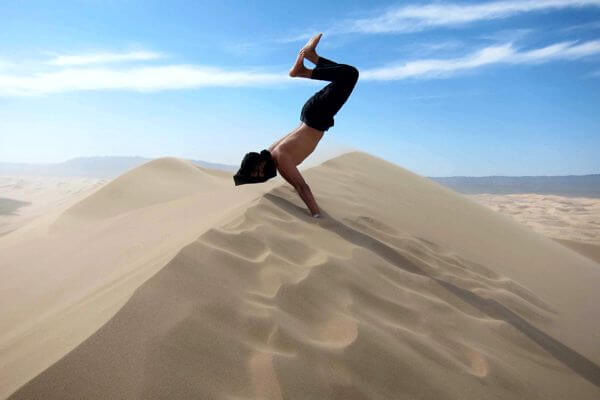

Bayanzag, Flaming cliff
Today our drive will take us to Bayanzag also known as the “Flaming Cliffs” is the worldwide renowned place where palaeontologist Roy Chapman Andrews found dinosaur bones and eggs. The surrounding landscape is a beautiful combination of rocks, red sand and scrubs. Here we will spend some time exploring the cliffs.
(Ger camp B, L, D)
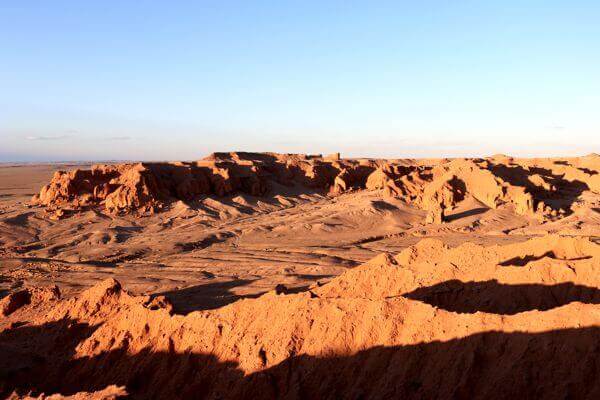

Ongiin and Khoshuu monastery
Today we will continue driving to northwest to Ongiin Monastery. We will enjoy the peace and beauty of the Delger Khangai Mountains. We will explore the ruins of Khoshuu Monastery on one side of the river and the ruins of Ongiin Monastery on the other side of the river. We will hike around in this massive series of rocky hills cut by the river.
The monasteries were built in the 17th century and destroyed in 1937. They were among the largest temples in Mongolia and housed over 1000 monks.
Now day between ruins little monastery was built and in Ger museum are exhibited interesting and rare remains of old monasteries.
(Ger camp B, L, D)
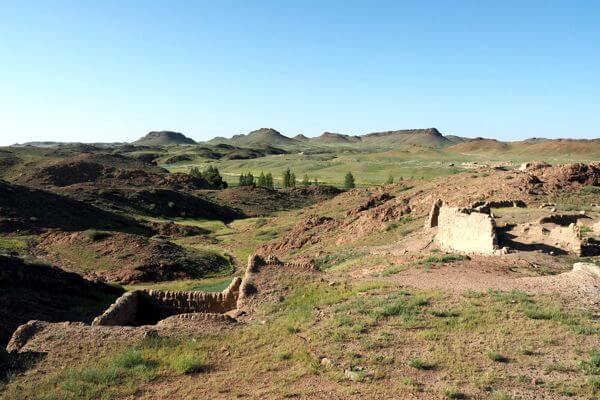

Karakorum
After an early wake up, we will set off for a driving day to Karakorum (also called Kharhorin).
Karakorum is the site of the 13th century capital of the Mongolian Empire created by Chinggis Khan. The founding of Karakorum started on the ruins of Turug and Uigur cities in the Orkhon valley at the eastern end of the Khangai Mountains in 1220 by the Chinggis Khaan’s order. It was completed 15 years later during the Ugedei Khaan’s reign. The town was a very cosmopolitan and religiously tolerant place.
The silver tree, part of Möngke Khan’s palace has become the symbol of Karakorum.
The highest peak of its prosperity was from 1220 to 1260. The specific feature of this stage is that Karakorum existed as the great capital of the Euro-Asian Empire with Mongolia as its core and as the centre of politics, economy, culture, religion, intellect, and diplomacy and the prominent tie of international relations.
Between 1260 and 1380 Karakorum lost the status of the Great Mongolian Empire and became the capital of Mongolia. When Khublai Khan claimed the throne of the Mongol Empire in 1260, as did his younger brother, Ariq Boke, he relocated his capital to today’s Beijing. Karakorum was reduced to the administrative centre of a provincial backwater of the Yuan Dynasty.
In 1368, the rule of Mongolian Yuan Dynasty collapsed and the centre of Mongolian government was shifted to its homeland after 110 years since Khubilai Khaan moved the Empire capital to China in 1260. It gave Karakorum a chance to prosper again.
In 1388, Ming troops under General Xu Da took and destroyed the town.
Today nothing is left from this legendary city.
In 1580, when Abtai Sain Khan together with his brother, lord Tumenkhen, visited the 3rd Dalai Lama and expressed their wish to build a temple in Mongolia, he advised them to reconstruct one old temple in Karakorum. The temple in Takhai ruins that was restored in 1588 according to the Dalai Lama’s recommendation is the Main Zuu temple of Erdene Zuu monastery.
Now Erdene Zuu Monastery is all that remains of what once was a huge monastery of 100 temples and about 1.000 lamas residing there. We will explore the grounds of Erdene Zuu Monastery surrounded by its massive 400 m X 400 m walls. We will be guided around the 3 remaining temples: Dalai Lama, Zuu of Buddha and Lavrin Temple.
Another place we will visit will be Kharkhorin’s New Archaeological Museum. It is a small museum but housed in a modern well-run building with good lighting and display cases with clear English labels. The exhibits include dozens of artefacts dating from the 13th and 14th centuries which were recovered from the immediate area, plus others that were found from archaeological sites in other parts of the provinces, including prehistoric stone tools. You’ll see pottery, bronzes, coins, religious statues and stone inscriptions. There’s also a half-excavated kiln sunk into the museum floor. Perhaps most interesting is the scale model of ancient Karakorum, which aims to represent the city as it may have looked in the 1250s, and is based on descriptions written by the French missionary William of Rubruck. Another chamber exhibits a most recent addition, a Turkic noble tomb with wall paintings and artefacts, including gold items and jewellery. There is a short video of actual burial site.
We will also see the Turtle Rock and the Phallic Rock, visit little market behind walls exposing local arts by locals.
(Ger camp B, L, D)
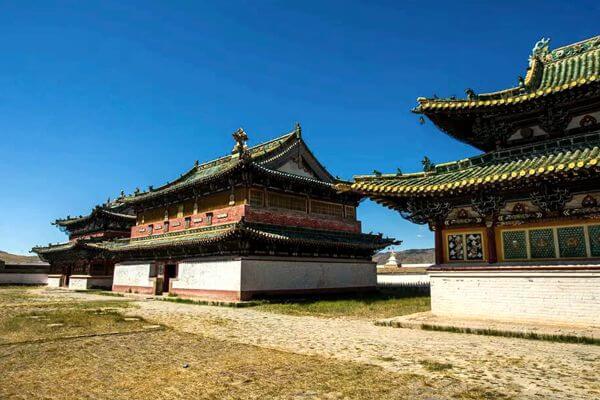
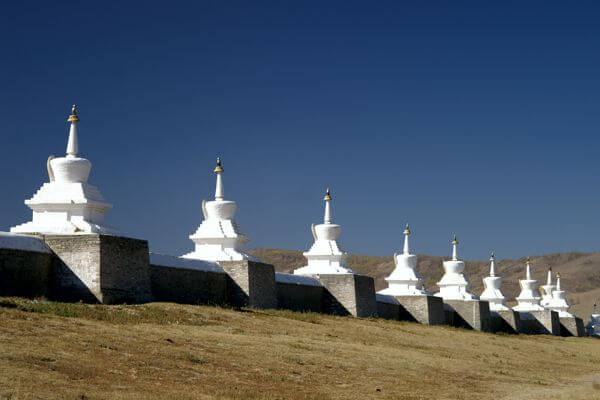
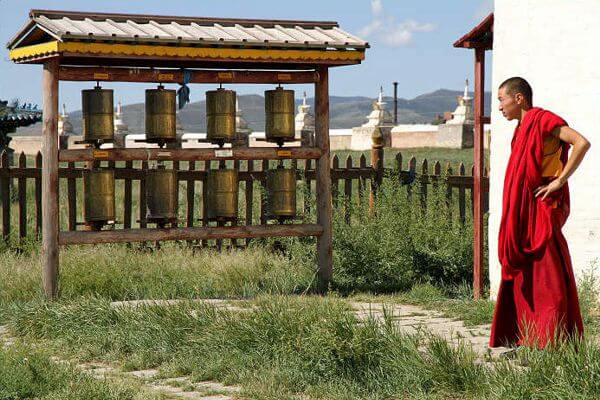
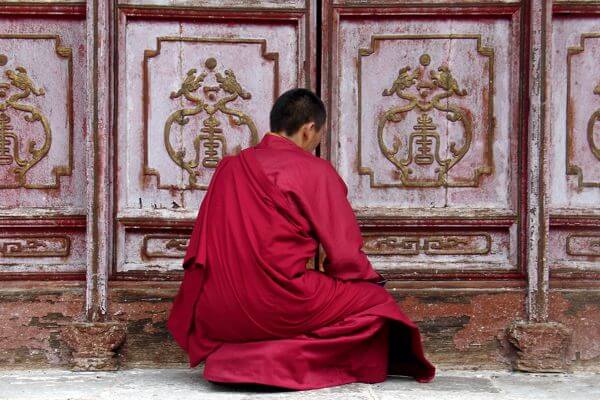
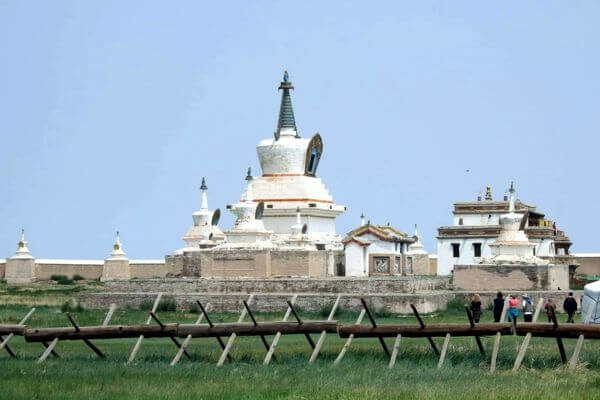

Drive back to Ulaanbaatar
After breakfast we will be heading to Ulaanbaatar. Our team will take you to your hotel. Enjoy your free afternoon and evening. You might check the beautiful cultural show enjoy the colourful & rhythmic Mongolian dance, throat singing and admire contortionists.
(L, D)
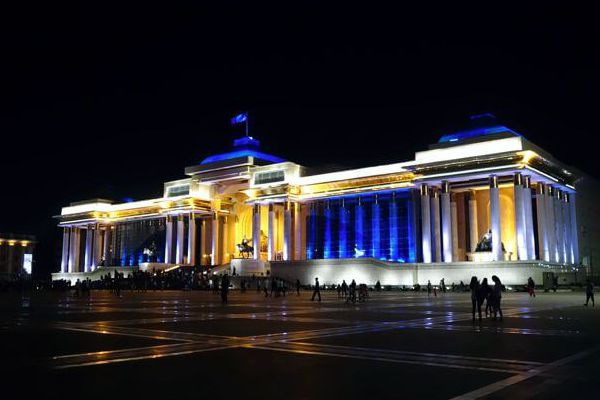
FIXED DEPARTURE
June 2025
- 17 June - 24 June
August 2025
- 09 August - 16 August
August 2025
- 25 August - 01 September
September 2025
- 09 September - 16 September
INCLUDED
- Land transportation
- 7 nights Ger camp stay
- Meals 7B, 8L, 7D
- Tour guide
- National park, museum, monastery entrance fee
NOT INCLUDED
- Hotel in Ulaanbaatar
- City touring
-
Medical, trip insurance and
evacuation costs - Alcoholic and soft drinks
